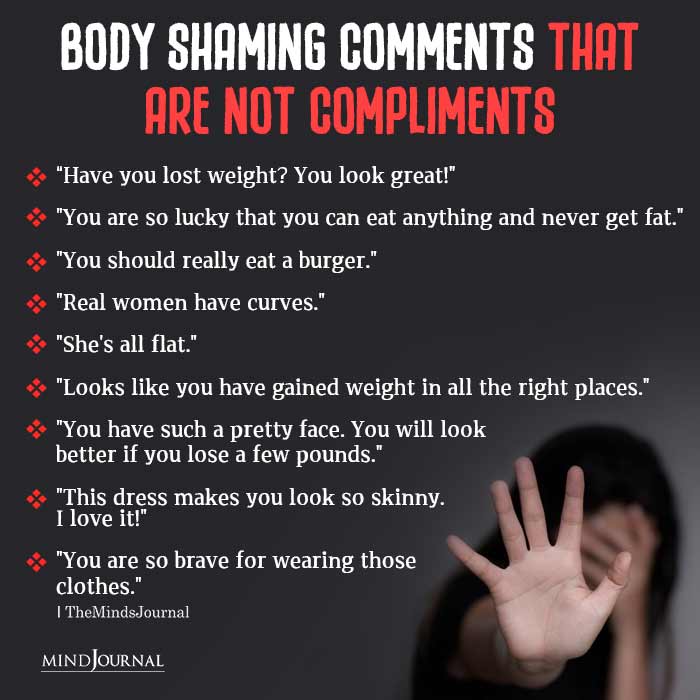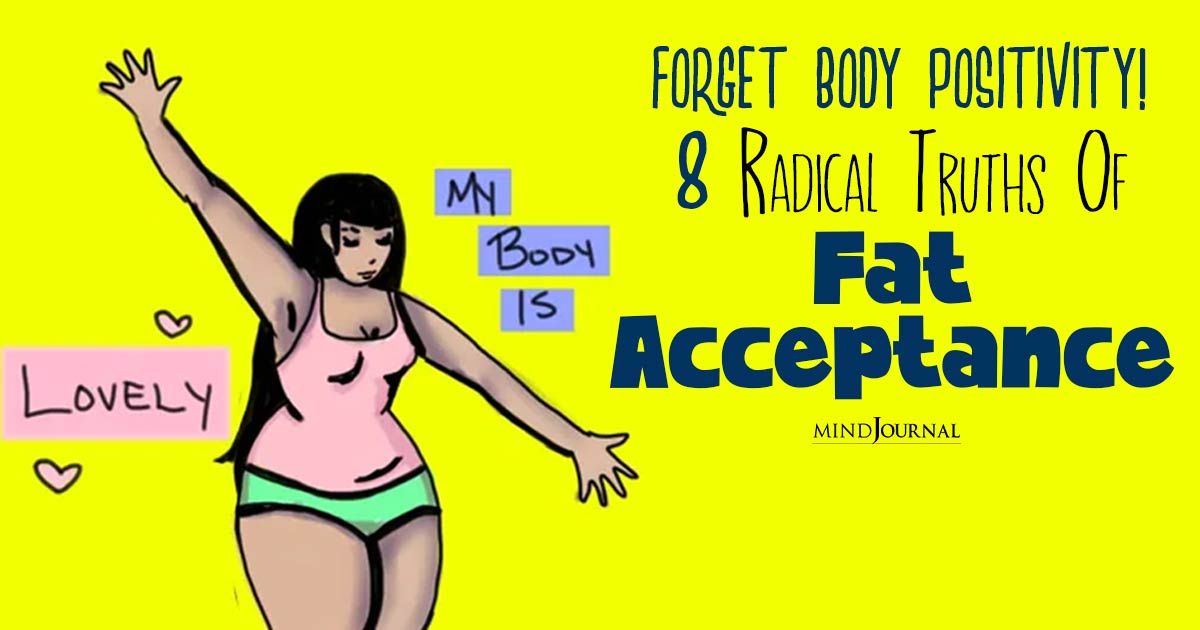In a world seemingly obsessed with Photoshop-perfect bodies and the relentless pursuit of a one-size-fits-all definition of beauty, do you not feel that fat acceptance stands as a bold movement of reform?
The movement strongly defies the societal norms and whispers a message of empowerment and self-love. It is vibrant, accepting, and has emerged as a non-apologetic wave.
What is Fat Acceptance?
The fat acceptance movement is a social and cultural movement that sought to challenge and dismantle the stigma, discrimination, and negative stereotypes associated with larger body sizes.
What is fat acceptance emphasizing? The movement emphasizes self-love, self-acceptance, and the belief that the body is beautiful in itself, irrespective of size or shape. It advocates for a shift in societal norms and attitudes towards body weight, promoting the idea that people of all sizes should be treated with respect and dignity.

Fat Acceptance Vs. Body Positivity
In the arena of self-love and empowerment, the battle lines between Fat Acceptance vs. Body Positivity may seem blurred, but each carries its unique banner.
Fat Acceptance is the warrior demanding an end to the discrimination and stigma tied to larger bodies, calling for societal acknowledgment that every type of body deserves respect and dignity, regardless of size.
Meanwhile, Body Positivity, is like a kaleidoscope of self-affirmation, encompasses a broader spectrum, celebrating all bodies and encouraging individuals to embrace their uniqueness. It’s a call to revel in the beauty of our diverse human forms and challenge the limitations of conventional beauty standards.
Together, they create a harmonious symphony of self-love, fighting against the oppressive norms that have for too long dictated how we should look and feel about ourselves.
Related: Improve Body Image: 9 Pathways to Body Positivity
Fat Acceptance Movement – Key Principles and Values

The core values and ideas behind the fat acceptance movement, often referred to as the body positivity movement, focus on promoting self-acceptance, challenging societal beauty standards, and advocating for the well-being and dignity of people of all body sizes.
Some of the key principles and values associated with fat acceptance movement are as such:
1. Body Positivity
At its core, the fat acceptance movement encourages individuals to love and accept their bodies as they are, regardless of size or shape. It aims to foster a positive self-image and self-esteem.
2. Anti-Discrimination
Fat acceptance advocates strongly oppose discrimination, bias, and prejudice against individuals based on their body size. This includes challenging weight-based stereotypes and bias in various aspects of life, such as healthcare, employment, and media representation.

3. Health at Every Size (HAES)
Many within the movement support the Health at Every Size approach, which emphasizes that health should not be determined solely by body size. HAES promotes healthy behaviors and self-care without focusing on weight loss as the primary goal.
4. Intersectionality
The movement recognizes that body positivity should intersect with other social justice movements, considering factors such as race, gender, disability, and sexuality. It aims to be inclusive and address the unique challenges faced by individuals with intersecting identities.
5. Media Representation
Fat acceptance advocates call for more diverse and realistic representation of body sizes in media and fashion industries. They believe that positive representation can help challenge harmful beauty standards.
6. Self-Advocacy
The movement encourages individuals to stand up for their rights and advocate for themselves in healthcare, employment, and other areas where discrimination based on body size may occur.
7. Promotion of Self-Care
Rather than focusing solely on weight loss, the movement promotes holistic self-care practices that prioritize mental and emotional well-being, physical health, and overall quality of life.

8. Respect and Dignity
The advocates of the movement emphasize treating all individuals with respect and dignity, irrespective of their body size. They challenge hurtful language and actions that perpetuate fat-shaming or bullying.
It’s important to note that the fat acceptance movement has evolved over time and can vary in its specific beliefs and strategies among different individuals and organizations. Some people view it primarily as a personal journey of self-acceptance, while others engage in activism and advocacy to challenge systemic discrimination.
The movement mainly seeks to create a more inclusive and compassionate society where individuals are judged by their character and actions rather than their appearance.
Related: Why Self- Acceptance Leads to Self-Possession
Accepting Every Curve: The Empowering Fat Acceptance Movement
At the time when the world was awakening to a new wave of social consciousness, voices of change were rising against discrimination and prejudice. It was in this dynamic atmosphere of the 1960s and 1970s that the Fat Acceptance Movement began to take shape.

The Movement is not a one-person show; it’s a collective symphony of voices, both historic and modern, coming together to challenge societal norms, promote self-acceptance, and celebrate the beauty in diversity.
As it continues to evolve, this movement is reshaping the conversation around body size and self-worth, one empowering note at a time. Prominent figures, such as NAAFA’s Founding; Marilyn Wann with her book from 1998, “Fat! So?”; Dr. Linda Bacon and her Health at Every Size (HAES) movement have worked tirelessly towards the movement.
Frequently Asked Questions (FAQs) :-
What is fat acceptance?
Fat acceptance is the recognition that every type of large body and are inherently worth of love and acceptance from the society and from one own self.
Is body positivity and fat acceptance the same thing?
Body positivity is a bigger spectrum than fat acceptance. Body positivity encompasses every type of body, whether big or small. Fat acceptance only includes the acceptance for large bodies, obese or overweight.
Who was the pioneer of the movement of fat acceptance?
Steve Post, a New York Radio Personality, was the first one to protest against the discrimination against obese people in 1967 and began the fat acceptance movement.










Leave a Reply